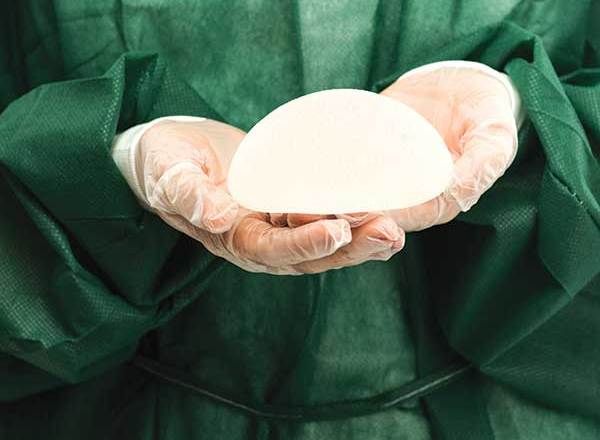President of the Australasian Society of Aesthetic Plastic Surgeons (ASAPS), Dr Mark Magnusson said in response to a news.com.au story that appeared today, it’s important for women to understand that breast implants are not lifetime devices and at some point, the majority will need to undergo further surgery to retain the initial desired result.
The commonest reasons for implant revision include capsular contracture, implant migration, asymmetry and changes to the breast tissue due to natural changes occurring with ageing, pregnancy, weight fluctuations and time. There is a small group who don’t co-exist comfortably with their implants and it is not possible to predict who this might be before implant surgery.
Breast implant surgery is safe and reliable however it is real surgery with real risks. Like all parts of our anatomy, the breasts will continue to change with time with or without implants. Different implants have different relative performance benefits and drawbacks, there is no clear cut answer to the longevity of a breast implant and no single perfect device.
The majority of women undergo replacement at the time of revision as the concerns that led to implants initially still exist. For many, the situation has changed and there may be enough breast tissue or the goals are different so many will have them removed but may consider surgery to reshape the breast.
A recommendation regarding a suitable time frame for implants to be replaced is not possible however most women will go 10 years before requiring revision, replacement or removal.
The article also referred to women feeling like their breast implants were toxic bags inside of them and drew upon an article published last month about breast implant associated-atypical large cell lymphoma (BIA-ALCL).
BIA-ALCL is a rare and indolent disease associated with breast implants and is another reason for revision.
A Joint Task Force and Research Group of Specialist Plastic Surgeons, of which I am Co-Chair, has researched the incidence of this disease in Australia and New Zealand with our work being widely quoted and has formed the basis of the TGA advice in relation to this disease. Importantly, the vast majority of patients present with early stage disease with breast swelling and the risk of death is almost non-existent when diagnosed and appropriately treated at the early stage. A delay in assessment and management is associated with a higher risk of more advanced disease.
Loch-Wilkinson, A., Beath, K. J., Knight, R. J. W., Wessels, W. L. F., Magnusson, M., Papadopoulos, T., et al. (2017). Breast Implant-Associated Anaplastic Large Cell Lymphoma in Australia and New Zealand: High-Surface-Area Textured Implants Are Associated with Increased Risk. Plastic and Reconstructive Surgery, 140(4), 645–654.
Our work is published and the article forms the backbone of all of the statistics for Australian women released in the media and by the TGA. The article was previously released online ahead of print and has now been published as the first article and is the Editor’s pick in the latest October edition of the Plastic and Reconstructive Surgery Journal.
You can read our joint statement with the Australian Society of Plastic Surgeons here.
My advice to anyone who notices changes or an increased discomfort with their breast implants is to seek the advice of their Specialist Plastic Surgeon or GP for an assessment.

